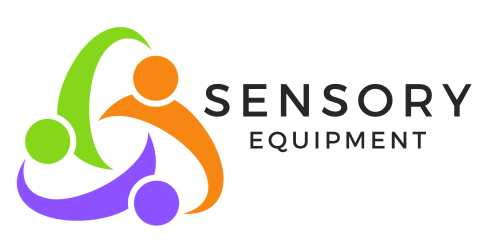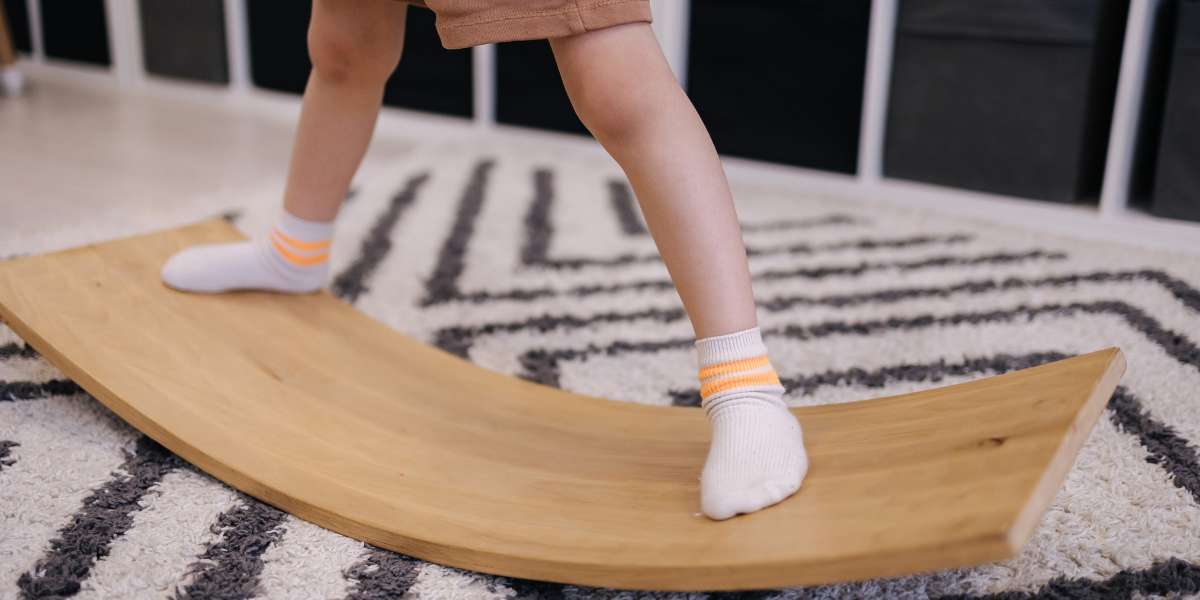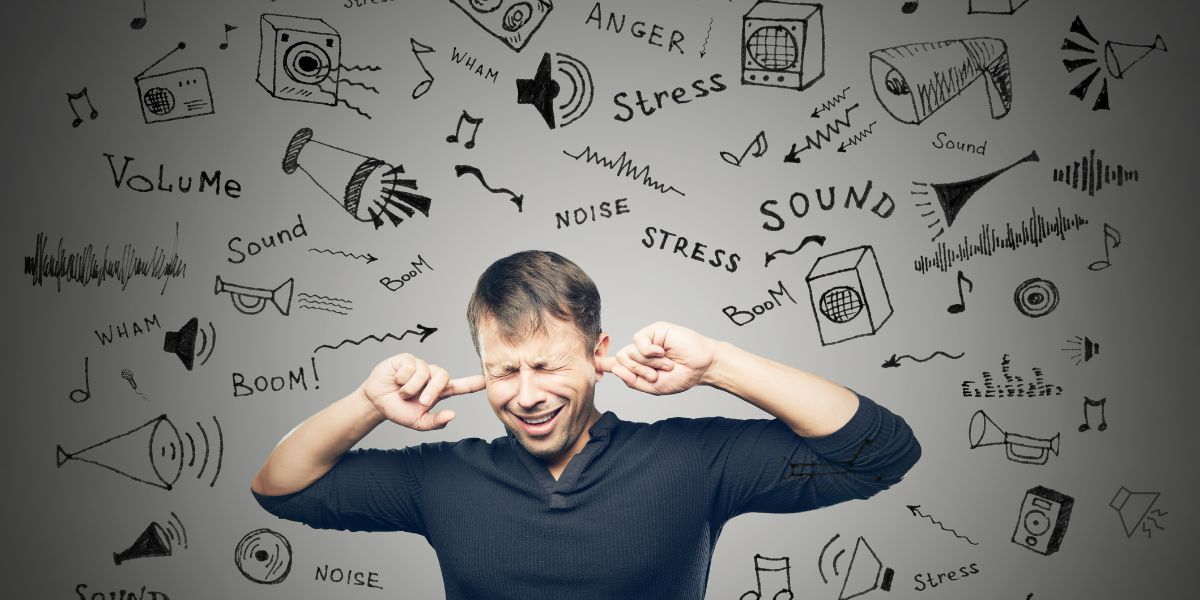In the realm of childhood development, play is not merely a frivolous activity but a crucial avenue for growth and learning. Among the various types of play, vestibular sensory play holds a special place. It engages the vestibular system, which is responsible for balance, spatial orientation, and coordination. Through movement and stimulation, vestibular sensory play offers a host of benefits that contribute to a child’s overall development.
Understanding Vestibular Sensory Play:
Vestibular sensory play involves activities that stimulate the vestibular system. This system, located in the inner ear, detects motion and gravitational forces, providing vital information to the brain about body position and movement in space. Activities like swinging, spinning, rocking, bouncing, and climbing are typical examples of vestibular sensory play. These movements activate the fluid-filled semicircular canals in the inner ear, sending signals to the brain that help children develop balance, coordination, and spatial awareness.
Benefits of Vestibular Sensory Play:
Enhances Balance and Coordination: Engaging in vestibular sensory play challenges children to maintain balance and coordination while experiencing various movements. Activities like swinging and spinning help strengthen the vestibular system, improving a child’s ability to maintain equilibrium in different situations.
Supports Motor Skills Development: The movement involved in vestibular sensory play fosters the development of gross motor skills. As children swing, climb, or jump, they refine their motor control and muscle coordination, laying the foundation for more complex physical activities.
Promotes Spatial Awareness: Through vestibular sensory play, children develop a better understanding of their body’s position in space. They learn to navigate their surroundings more effectively, which is essential for activities like sports, driving, and even simple tasks like walking in crowded spaces.
Encourages Sensory Integration: Vestibular sensory play often incorporates other sensory experiences, such as tactile and proprioceptive input. This multi-sensory stimulation promotes sensory integration—the brain’s ability to process and make sense of sensory information—which is crucial for learning, behaviour regulation, and overall sensory processing.
Supports Emotional Regulation: Engaging in vestibular sensory play can have a calming effect on children’s emotions. The rhythmic movements and sensory input help regulate arousal levels, reducing stress and anxiety. This can be particularly beneficial for children with sensory processing issues or those prone to sensory overload.
Fosters Cognitive Development: Beyond physical benefits, vestibular sensory play also stimulates cognitive development. As children engage in various movements, they develop problem-solving skills, spatial reasoning, and creative thinking. Moreover, the sensory experiences during play enrich their understanding of the world around them.
Incorporating Vestibular Sensory Play:
Parents, educators, and caregivers can easily incorporate vestibular sensory play into children’s daily routines. Simple activities like swinging on a playground swing, spinning in circles, or dancing to music can provide valuable vestibular stimulation. Indoor play spaces equipped with climbing structures, balance beams, and sensory swings offer safe environments for children to explore and engage in vestibular sensory play, especially during inclement weather.
Conclusion:
Vestibular sensory play is not just about having fun—it’s a fundamental aspect of childhood development. By stimulating the vestibular system through movement and sensory experiences, children reap a multitude of benefits that extend far beyond the playground. From improving balance and coordination to supporting emotional regulation and cognitive development, the impact of vestibular sensory play is profound. By recognise the importance of such play and providing opportunities for children to engage in it, we can foster holistic development and lay the groundwork for lifelong learning and well-being.










